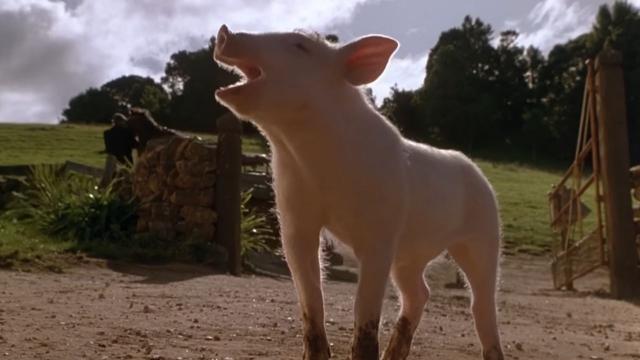Ever wonder what a pig is saying? No? Well, scientists have figured out how to translate pig grunts into emotions.
Coming from the University of Copenhagen, scientists have used thousands of pig audio recordings to translate grunts into expressable emotions, across several life stages and in different conditions. Scientists say that this could improve animal welfare.
“With this study, we demonstrate that animal sounds provide great insight into their emotions,” said associate professor Elodie Briefer, co-leader of the study.
“We also prove that an algorithm can be used to decode and understand the emotions of pigs, which is an important step towards improved animal welfare for livestock.”
Joining researchers from the University of Copenhagen were researchers from Denmark, Switzerland, France, Germany, Norway and the Czech Republic. Together, researchers were able to compile an algorithm of pig grunts, allowing users to decode emotions they think their beloved pigs are having.
Using machine learning, the algorithm is able to decode a wide range of emotions, between the poles of positive and negative. For example, the algorithm can confirm that your pig is happy or excited depending on the noises it’s making, or if it’s scared or stressed.
Commercial pigs and pigs in experimental case studies were observed in compiling this algorithm, with researchers following the pigs’ sounds from birth to death.
Interestingly, shorter grunts were widely identified as being happier, like if a pig were reunited with family or were suckling from their mother.
Negative emotions were observed in the places you’d expect — castration, fights, separation and slaughter. Broadly, the grunts in these circumstances were higher frequency, like screams and squeals. Mock scenarios were also created to evoke more nuanced emotions in the pigs.
With more than 7,000 audio recordings in the algorithm, researchers were able to identify patterns in the noises the pigs were making.
“There are clear differences in pig calls when we look at positive and negative situations,” Briefer added.
“In the positive situations, the calls are far shorter, with minor fluctuations in amplitude. Grunts, more specifically, begin high and gradually go lower in frequency. By training an algorithm to recognise these sounds, we can classify 92 per cent of the calls to the correct emotion.”
How does this impact us? Well, it gives us some better ideas of how to treat animals with dignity. Now that we can be more precise with the emotions that a pig is expressing, we can be more humane in tending livestock and looking after their mental health.
Briefer added that the next step of the research involves condensing the algorithm into an app that a farmer can use to monitor the emotions of their livestock.
The findings were published in Scientific Reports.
That’ll do, Pig.
